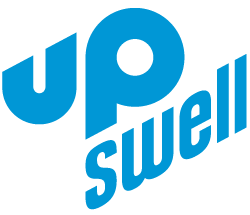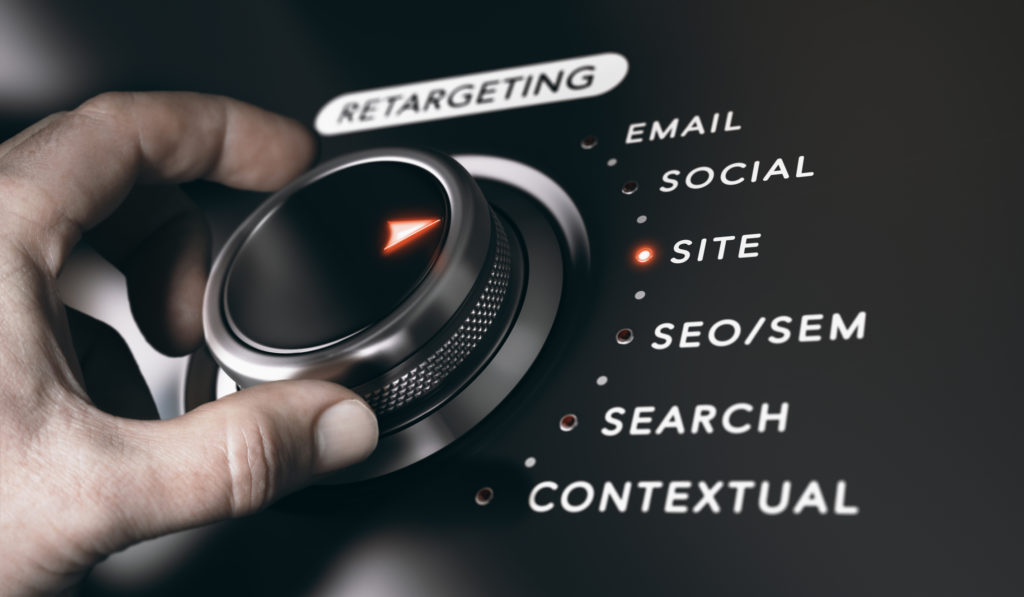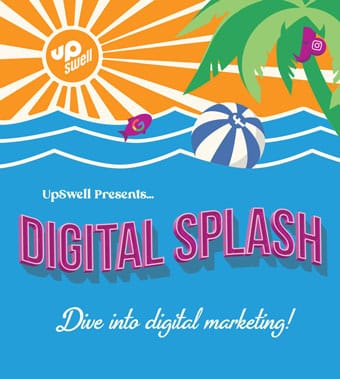Only about 2% of visitors on your site will convert on their first visit. This means, unfortunately, the majority of traffic on your website will leave without becoming a customer. The buying process of a consumer can be very erratic, and it may take months of exposure to your brand and building trust before they ever decide to make a purchase. So instead of letting them leave empty-handed, you can start retargeting those visitors to increase your conversions.
What is retargeting?
Well, retargeting is a subset of remarketing. Remarketing is the umbrella term that is typically used to refer to the tactic of re-engaging potential customers who have already shown an interest in your brand but did not convert.
Retargeting, on the other hand, refers specifically to the online placement of targeted ads based on a user’s activity on your site or other sites (to motivate them to complete a purchase). Following-up with potential leads that leave your site is often done by using cookies to store site visit information in order to re-present your ads to these potential customers in real-time on other visited sites. In some cases, retargeting can increase ad engagement by up to 400%!
According to published information compiled by Chango, there are seven types of effective retargeting:
Search Retargeting – designed to target customers who likely have not been exposed to your site in the past, but have conducted searches that could lead them to similar products or services.
Site Retargeting – after a user views certain content on your site or completes certain actions, cookies are then used to digitally follow the user and place ads on other sites they visit to bring them back.
SEO / SEM Retargeting – used to target users based on search terms that were used prior to reaching your site. This is helpful for gaining insight on their intent, so you can better refine your ad message.
Email Retargeting – a way to retarget existing customers who engage with your email campaigns. Why should you focus on existing customers when you could be putting your effort into new
customers? Because you want to continue to build loyalty and keep them engaged.
Contextual Retargeting – best described as a targeting method for individuals who have visited a site that is similar in topic or services as your own.
Engagement Retargeting – the method for targeting a user based on how they engage with distributed social content such as a video or Facebook page.
Social Retargeting – involves targeting users who share content similar to the content shared by your existing customers.
These retargeting methods have many benefits you can take advantage of by incorporating them into your marketing strategy. To name a few, you can gain:
- Better conversion rates
- Improved ROI
- Precise targeting
- Reduced cost per impression
- Brand recognition
- Cost-effective branding
- Additional points of contact
As long as you understand the basics, retargeting can be an easy marketing solution to bring customers back to your site. With the help of UpSwell’s hyper-local marketing experts, we will take care of the setup and automate the process for you. If you’re ready to crush your ROI goals and increase conversions, contact us today!






